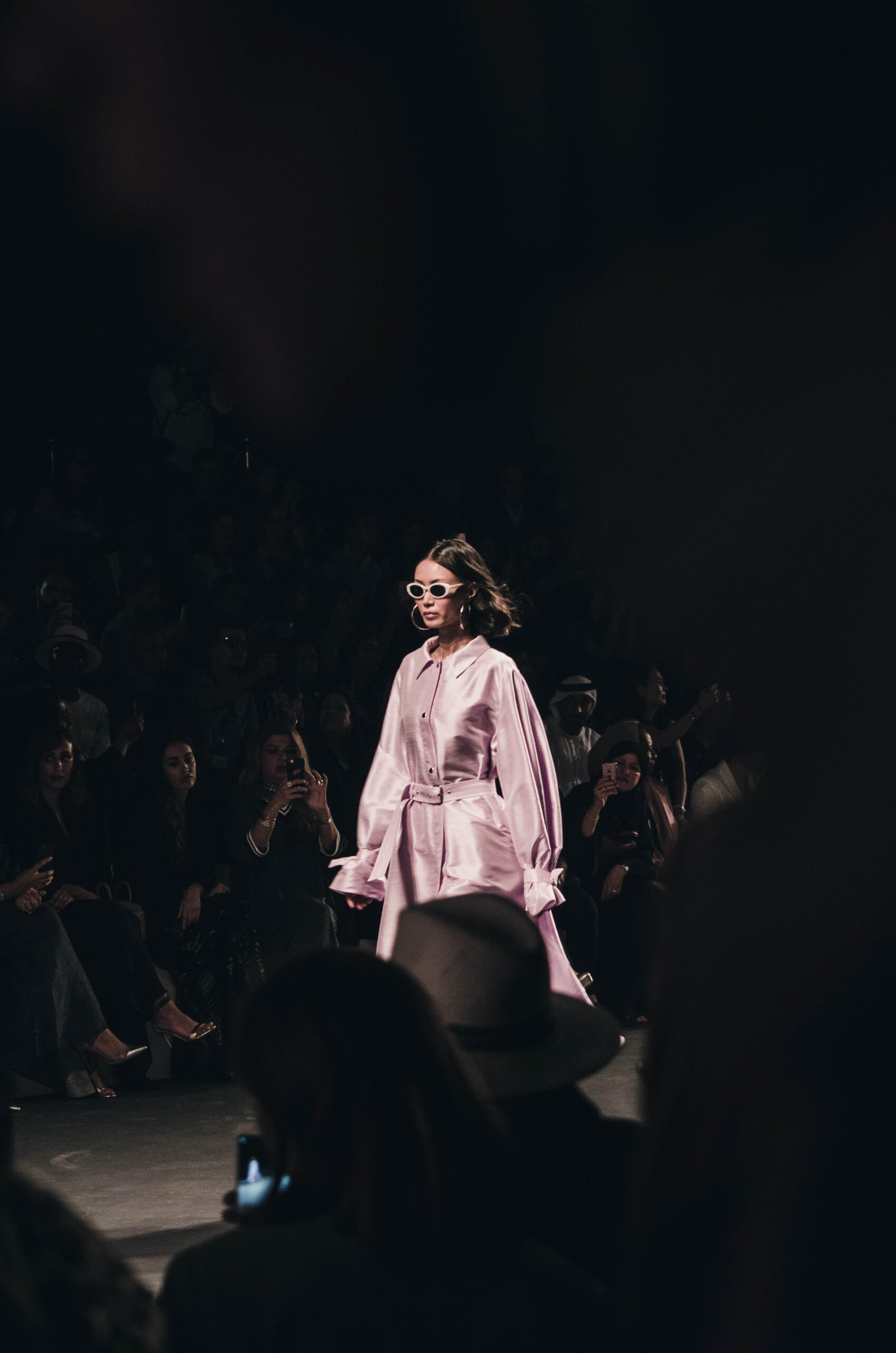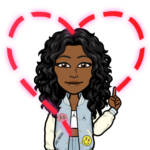By: Sydnee Walcott
An American reality television show that was meant to provide models with an opportunity to showcase their beauty, turned out to be a destructive experience for their career.

In 2003, supermodel Tyra Banks created America’s Next Top Model. The show made its debut on the now-defunct United Paramount Network.
After successfully premiering six cycles on the UPN, the show decided to air 16 more on The CW before it was officially cancelled in 2015.
ANTM would then be renewed and aired by VH1 before its final end in 2018.
Banks created ANTM to break barriers and provide aspiring racialized models with the opportunity to gain practical experience in the modeling industry.
In each cycle, 12 to 14 contestants competed in photoshoots to showcase their excellence as a model. To prove that the models had potential, the contestants would partake in a series of runway, fashion, and posing challenges.
They were also required to participate in mock interviews and attend photoshoots. In just a matter of weeks, the most superior model would make it to the final cut.
The last model standing would be declared as the winner of that cycle.
The winner would rightfully earn opportunities to advance in their modeling career. These opportunities would include a contract with a top modeling agency, a beauty or fashion campaign, and a feature in a magazine.
Out of the 24 contestants competing for the best advancements in their career 22 women won and two men won.
The success of ANTM has inspired other countries such as Canada, Britain, and Germany to create spin-offs of the show with their own cultural twist and theme with respect to fashion.
Banks also took steps to elevate the show by introducing a petite cycle, all-star cycle, British invasion cycle, college edition cycle, and a co-ed cycle.
The contestants that did not win gained enough media presence to start a successful career with modeling and took further steps to sign acting contracts.
However, some winners struggled to advance in the modeling industries due to their portrayal on television. Achieving opportunities outside of the show were not the only struggles tied to the show.
The show included comical moments within the first eight cycles that were labeled as the golden age of ANTM. There have also been a lot of memorable contestants on the show.
However, during the time of the show, viewers would notice discrimination among contestants.
For 24 cycles, a discriminatory moment would occur on almost every cycle. These moments include racism, transphobia, body image, sexual harassment, sexual assault, and unnecessary derogatory behaviour.
Over the years, contestants and winners such as Adrianne Curry-Rhode, Angelea Preston, and Lisa D’Amato have expressed their negative experience during the show.
Many recently realized how destructive the show was during the COVID-19 pandemic.
When quarantine was in effect, many people relied on television as a source of entertainment to combat isolation from friends and family. Re-watching these shows had viewers questioning whether Banks was a villain all along, as many reflected on how the show perpetuated a toxic environment for contestants.
Many Gen-Z viewers expressed their views on TikTok, Twitter, and YouTube to expose Banks and shed light on the grave disparities in the modeling world.
During this time, social media star and music artist Oliver Twixt would record live streams with former contestants and judges who discussed their time on the show.
Now deleted, Banks apologized to her viewers on Twitter and has addressed the issues on an episode of The Tamron Hall Show. Given her apology years later, her message does not revoke the damage that has been instilled in the minds of the viewers. When a celebrity chooses to portray negative images over television they influence recent generations to adopt prejudiced behaviour.
Outlined below are some of the most destructive moments to appear on the show:
Blackface
On cycle four of ANTM, the top 11 contestants modeled for a Got Milk photoshoot advertisement where they would be posing with a child.
This may seem like a normal photoshoot, but the models uncovered that there would be a twist when they got on set. Creative Director Jay Manuel informed the contestants that they would have to dress up as a different race. This involved models to appear in blackface.
This is not the only time blackface would be seen on the show.
On cycle 13, referred to as the petite cycle, the top five contestants had their skin darkened to portray biracial women at a photoshoot.
This pattern recurred on cycle 17, referred to as the all-star cycle when some of the final 10 contestants appeared in blackface at a Michael Jackson tribute photoshoot.
Problems with Blackness
After many fans sent clips of Amara La Negra being criticized for embracing her natural hair and Black pride on VH1’s Love and Hip Hop: Miami, Yaya DaCosta, cycle three’s runner up, decided to speak about the discrimination she faced on ANTM.
During a panel, the final seven contestants were required to participate in a challenge where they had to select a hat to reflect their personal style.
DaCosta is a model and actress who proudly embraces her African heritage. The judges expected her to choose the kenti-designed kufi cap and questioned why she chose the cowboy hat.
When she revealed why she opted for the cowboy hat, the judges ridiculed DaCosta.
“It looks like you’re about to ride a giraffe,” said judge Nolé Martin.
“You have this intensity to prove your Blackness, and I think sometimes it’s overbearing,” said guest judge Rebecca Weinberg.
“This [photo] is amazing, but what’s not amazing is your appearance. Think a little glamour as opposed to natural,” said Banks.
DaCosta was subjected to negative criticism among judges at the panel. She was also forced to apologize to the judges for criticizing the kufi cap.
La Negra’s situation reminded DaCosta that society has not improved. She also spoke about the process to heal from the trauma she endured during her time on ANTM.
The racial expectations enforced on her subjects her to racial discrimination and a confined stereotype that has tarnished her mental health going forward. She is ridiculed to believe that she should conform to her heritage and avoid expressing other styles and aesthetics.

Body Image
Body image is a notorious issue within the world of fashion.
There have been a number of moments on the show where portrayals of negative body image have been featured.
Former supermodel and judge Janice Dicknson expressed disinterest towards models who were not slim.
In cycle one, when Banks labelled contestant Robbyne Manning as “plus size,” Dickenson added to that comment and called Manning “fat” and “huge.”
Dickinson further reiterated how she should drop out of the competition because America’s next top model is not meant to be plus-sized.
In cycle three, another body image issue occurs when contestant Cassie Grisham admitted to self-induced vomiting after eating to achieve her dream career as a model. Her judgment to connect success with an eating disorder showcases the unaccepting and unrealistic expectations in the modeling world.
Things did not improve for the slim-figured contestant as she faced harsh criticism for being large while out on go-sees.
Sexual Assault and Harassment
The MeToo movement has brought awareness of sexual assault in a variety of different industries.
During ANTM’s run, there have been moments where contestants have experienced sexual assault or harassment, and the crew did not respond to the situation.
Cycle one winner, Adrianne Curry-Rhode was out on a go-see challenge when she was sexually assaulted in Paris, France.
Curry-Rhode was in need of assistance when traveling through the city and asked a man for directions. When she thought the man was being attentive, he reached up her skirt and touched her inappropriately, without consent.
Although the camera crew tried to stop the suspect, the man disappeared into the crowd before the crew had a chance to call the police or confront him.
The assault reminded Curry-Rhode to reflect on her dark past as a child. She was victim to sexual assault.
On cycle four, the final four contestants attended a photoshoot and were asked to dance with three male models.
Keenyah Hill experienced discomfort from one of the male models. Bertini Heumegni was persistent to get close to Hill when she clearly stated that she was not interested.
While shooting, Hill demanded production to be halted as Heumegni continuously moaned in her ear and grabbed her body inappropriately.
In this situation, sexual assault was not addressed properly and Hill was faced with belittlement at a panel over what had occurred.
Transphobia
On cycle 11, Isis King became the first transgender contestant to appear on the show.
While contestants like Sheena Sakai defended King and praised her for having the confidence to embrace her sexuality, several contestants ridiculed her for her sexual orientation.
Several contestants referred to her as a man, he/she, a drag queen and have even brought up their religious upbringing as an excuse to discriminate King.
Despite the ridicule she faced, King has made a title for herself in the industry and continues to break barriers as a transgender model.
ANTM has rightfully opened up the doors for many contestants to achieve success within and outside of the modeling world. The experience and knowledge gained from these cycles have led to both success and the demand to make realistic changes in the modeling industry, going forward.
20 years after its premiere, the show has garnered a series of damaging stereotypes. The show has been discriminatory towards a handful of contestants with some wishing they never appeared on the show.
This article expresses the importance in creating accepting spaces for all races, genders, and cultures. The past and present comparisons reveal how society is shaped by what is portrayed on television and can have an impact on our future and someone’s career.
Sydnee Walcott is a Copy / Contributing Editor for Black Voice. She is also a writer who likes to capture the essence when writing articles on a variety of topics.

